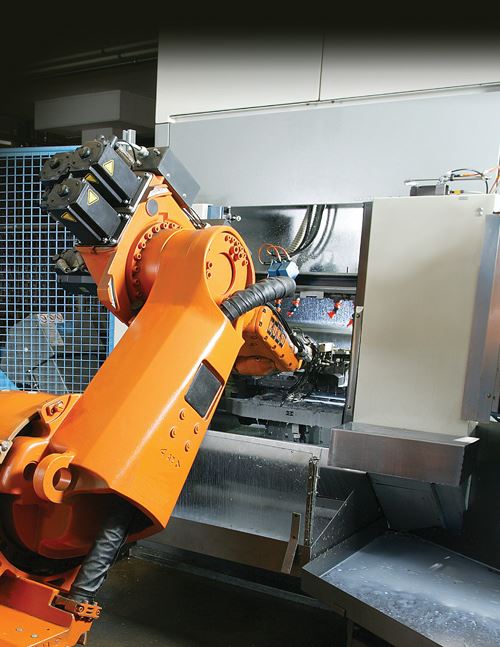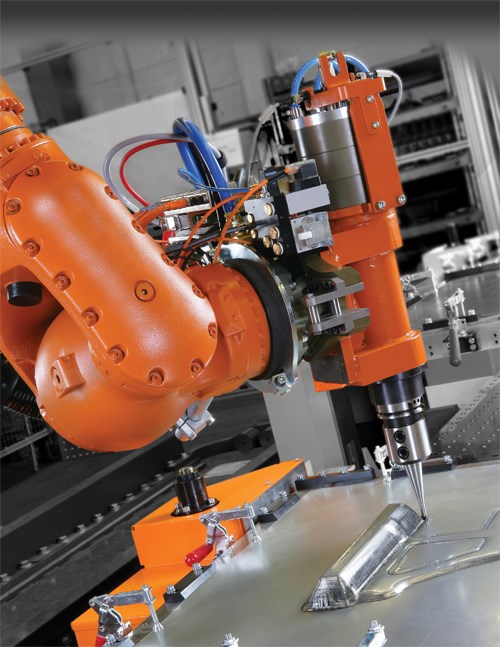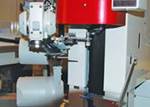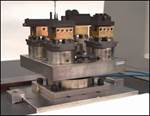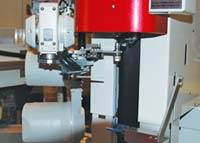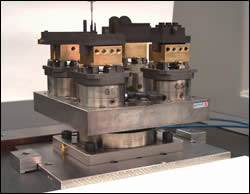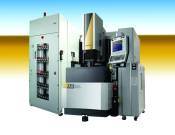Robot ROI
How to properly calculate the payback or return on investment of a robot installation into the mold build process.
Industrial robotic automation is a manufacturing solution that becomes more mainstream each year. Robots can work 24 hours a day, seven days a week in dangerous and undesirable areas for human employees or in lights-out facilities. The idea of adopting robotics for industrial applications seems to have obvious value and is more common than most industrial companies may comprehend.
Common areas moldmakers apply robotics include: machine tending, part transfer, deburring, polishing, welding, spray arc hard-facing or inventory handling. Companies that supply integrated solutions to customers may also propose robotics as part of their product.
Automation Justification
When justifying the investment, it is important to complete an accurate estimate of the potential cost savings for automating an area. Robotic automation offers many direct benefits to the bottom line of the manufacturing operation. Replacing manual operations reduces obvious factors like labor cost including overtime, benefits and taxes. Choosing automation for growth opportunities increases productivity with the same workforce. Savings are also realized from reduced rework and scrap, and increased production rate. Reducing need for consumables can be significant. For example, a manual knife trimming operation may require items like safety gloves, safety knives and replacements for broken blades.
Less tangible savings are usually present as well. Factors like improved product quality can generate increased sales, but are sometimes difficult to link to hard numbers. Embracing leading-edge technology improves corporate image and can improve understanding the needs of customers using robotics.
Project Investment Estimate
Determining an accurate estimate for the project investment is essential. The initial investment for adopting automation will include costs for engineering and programming, robots, end of arm tooling, auxiliary process equipment, facilities work, installation and operator training. Many costs can be bundled together by sourcing to an automation integrator. Contract negotiation is important when working with an automation supplier. Initial investment risk can be reduced by arranging a fixed cost contract for full engineering, build and startup services. Choosing an integrator with robotic experience reduces overall cost and risk for the project because they will avoid common pitfalls and be proactive about identifying and solving unknown factors.
Creating a master automation plan in the beginning helps the project stay on target and reduces risk. Start with an area that offers the best savings. Robotics can be expanded in phases. The cost savings from the first phase can be used to free manpower and capital to implement the next phase.
Operating costs can be very low for 6-axis articulated robot arms. Years of industrial use in demanding environments like automotive production has refined the product design to be very reliable with low maintenance costs. Typical robots will run 18,000 to 20,000 hours before any scheduled maintenance. Properly designed automation systems can achieve reliability matched with the robot performance to produce production availability at 99 percent.
Expected life spans of 15 to 20 years may be reason to consider separating the cost justification of the robot arm from the initial project automation. It is common for a robot to be repurposed into different automation projects through its lifetime. Upgradable control technology such as PC-based controllers prolongs compatibility in a lengthy production life. Modular arm designs enable a robot to be field modified for increased reach or payload if necessary.
Summary
The era of robotic automation’s reputation as an expensive technology is gone. In recent years many small- to medium-sized companies have turned to robotic automation in order to compete with low-cost sourcing. Coupled with the significant cost reduction in recent years, many companies are able to justify robotics investments in one to two years.
Related Content
Making Quick and Easy Kaizen Work for Your Shop
Within each person is unlimited creative potential to improve shop operations.
Read MoreQuestions and Considerations Before Sending Your Mold Out for Service
Communication is essential for proper polishing, hot runner manifold cleaning, mold repair, laser engraving and laser welding services.
Read MoreThe Role of Social Media in Manufacturing
Charles Daniels CFO of Wepco Plastics shares insights on the role of social media in manufacturing, how to improve the “business” side of a small mold shop and continually developing culture.
Read MoreHow to Use Scientific Maintenance for More Accurate Mold and Part Troubleshooting
Discover how adopting scientific maintenance approaches helps improve mold lifespan, minimize failures, and optimize production outcomes.
Read MoreRead Next
Incorporating Automation into Your EDM Drilling Operation
Every shop that uses EDM drilling technology is a prime candidate for automation. Some just don’t know it yet.
Read MoreStandardize Before You Automate
After standardization, automation will create the largest increase in profits that any one area can produce.
Read MoreAutomation Innovations
The use of automation continues to rise as mold manufacturers respond to industry demand of constantly shrinking leadtimes. Manufacturers and suppliers have taken action with better, faster equipment and processes.
Read More
